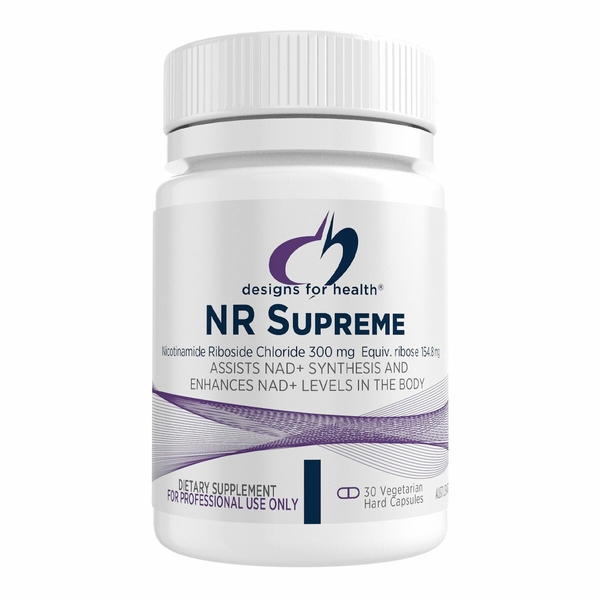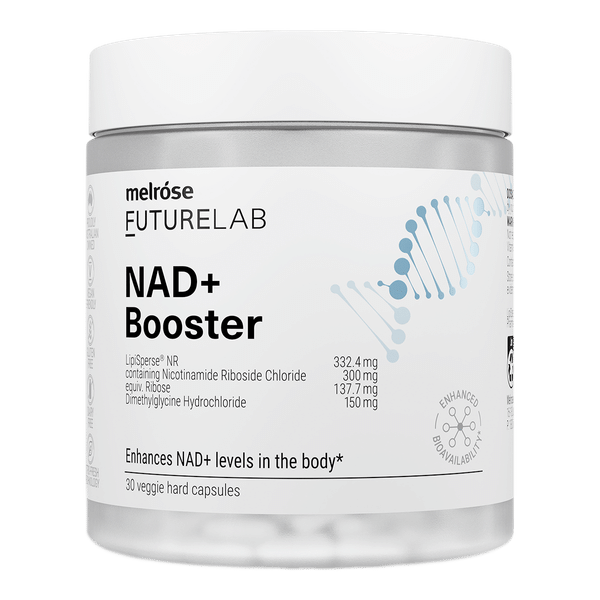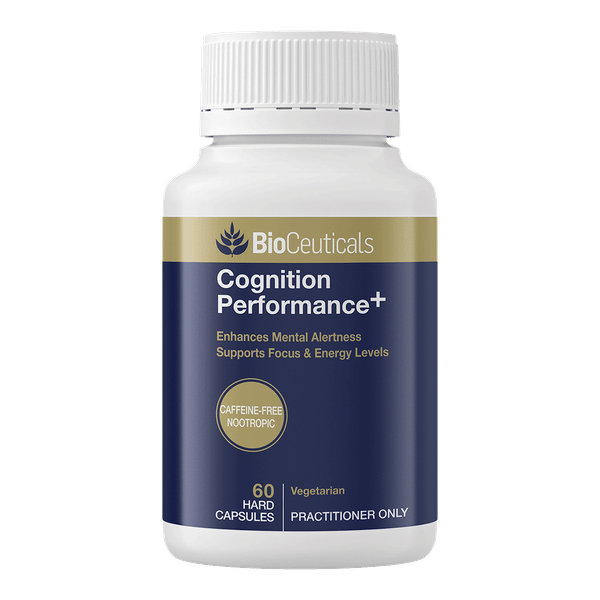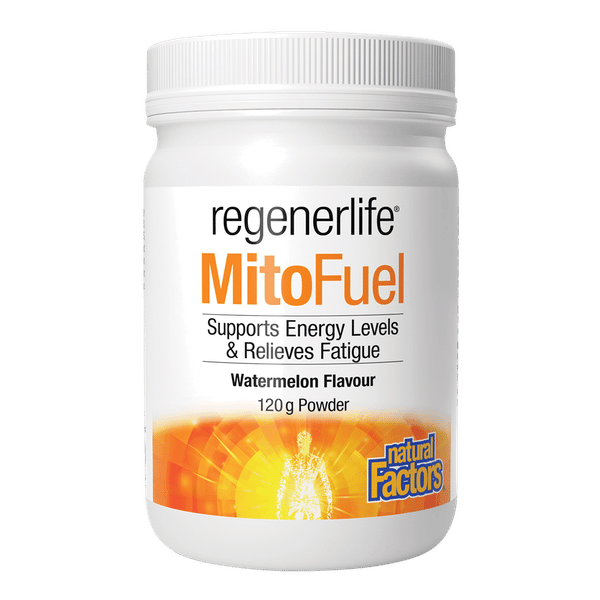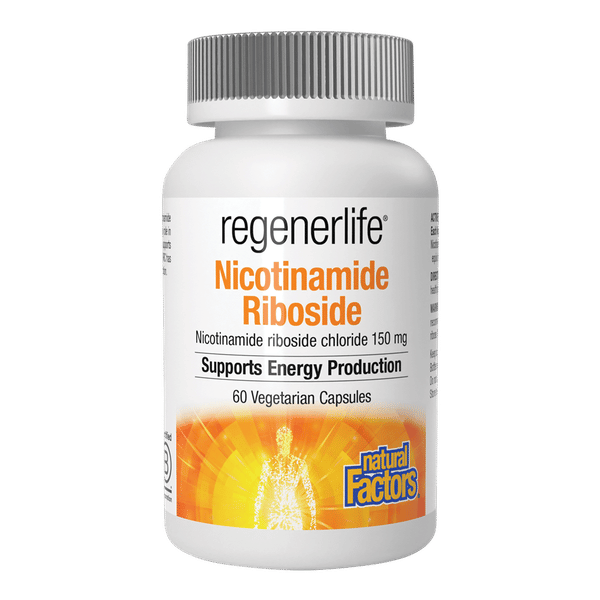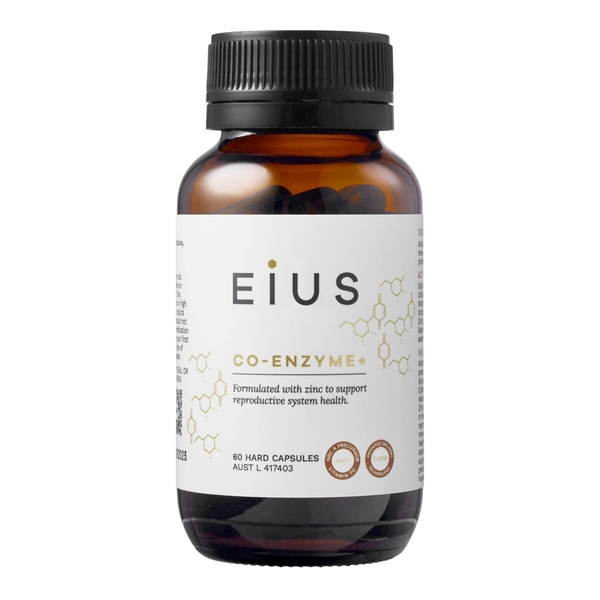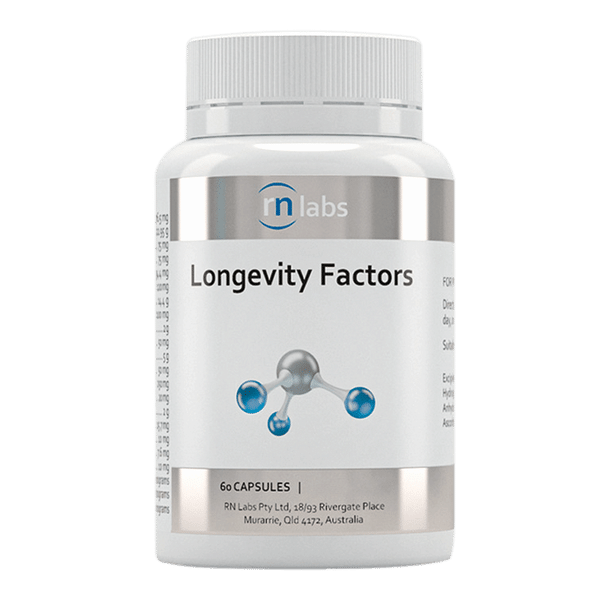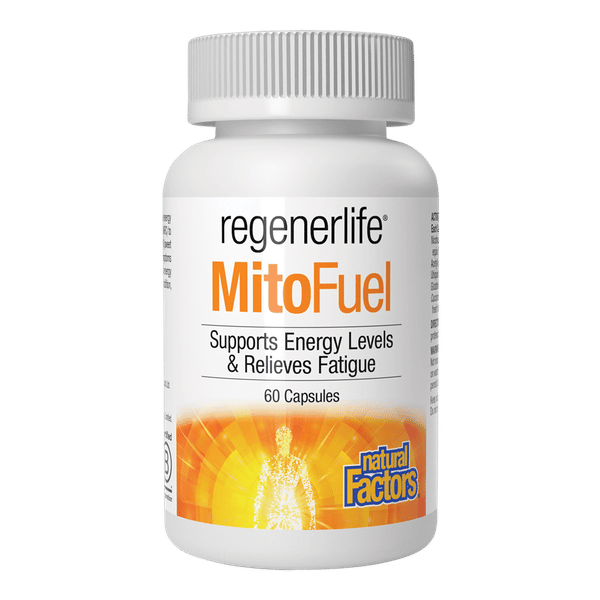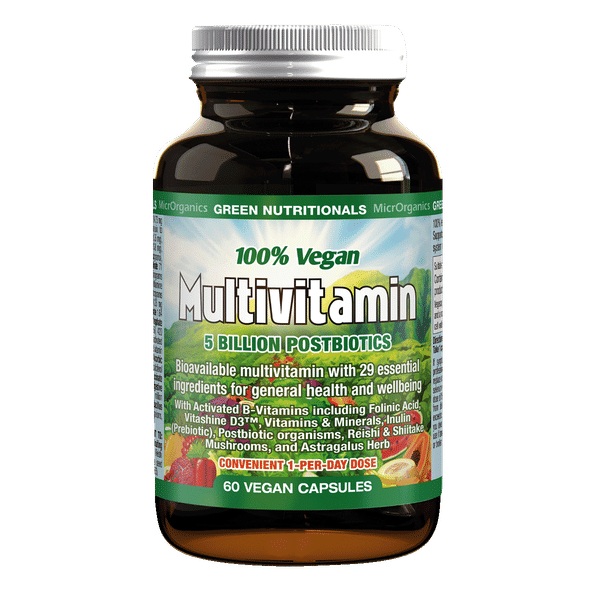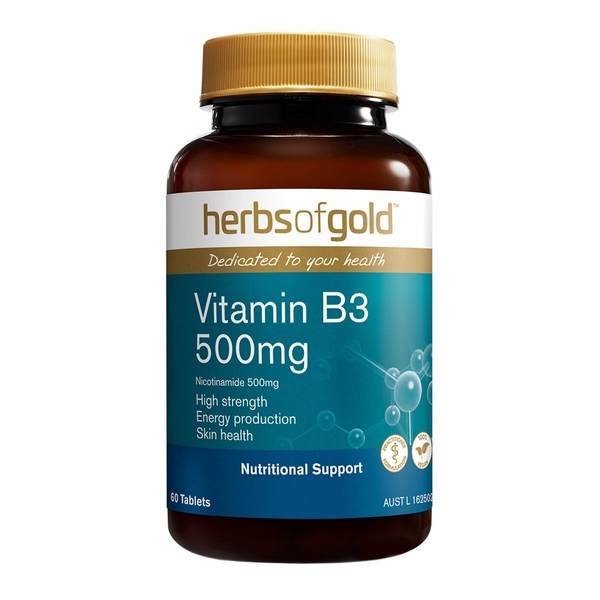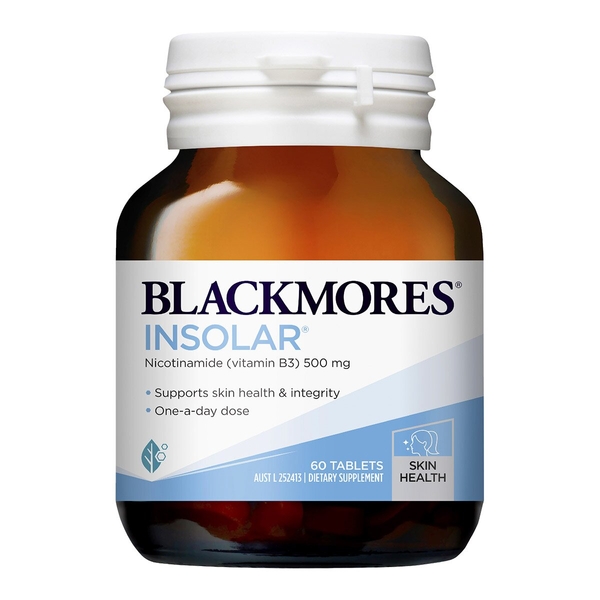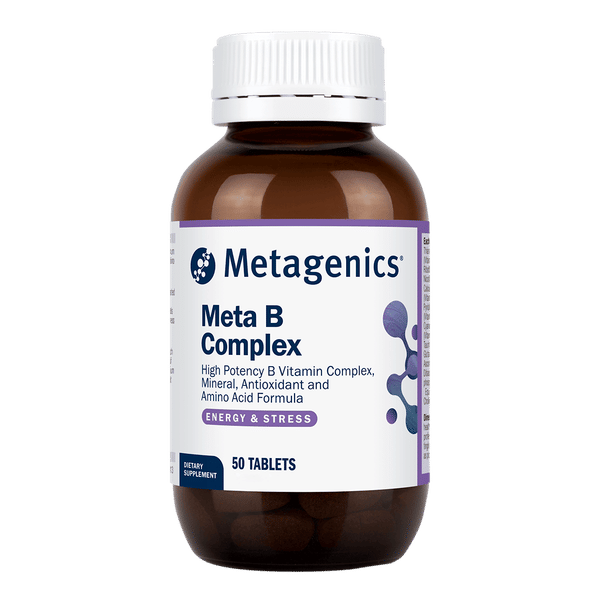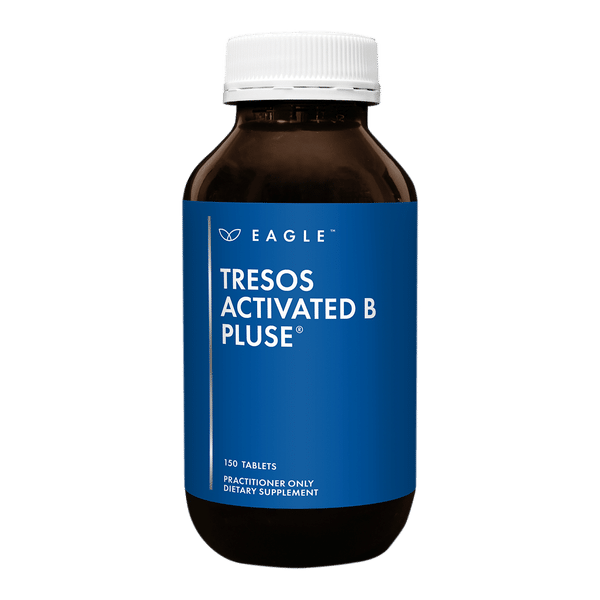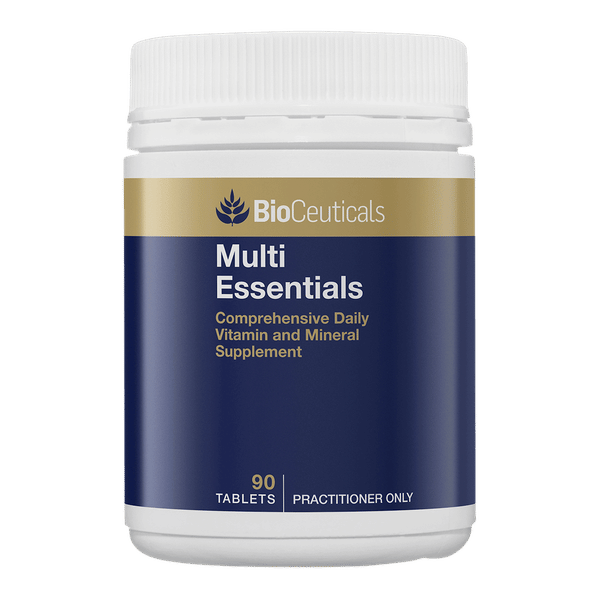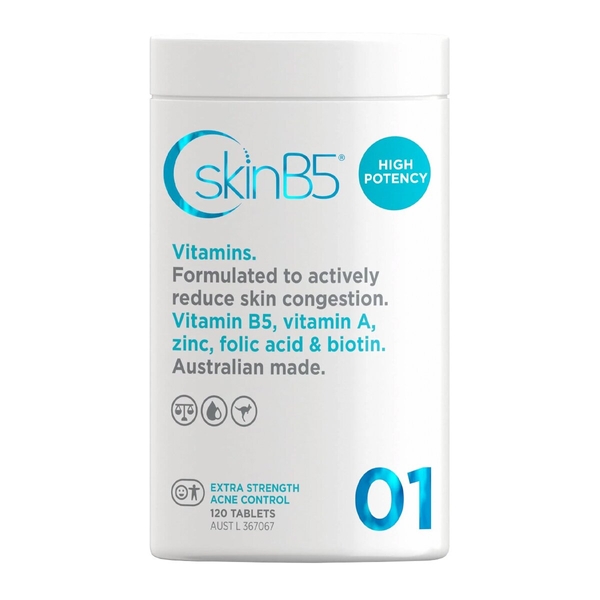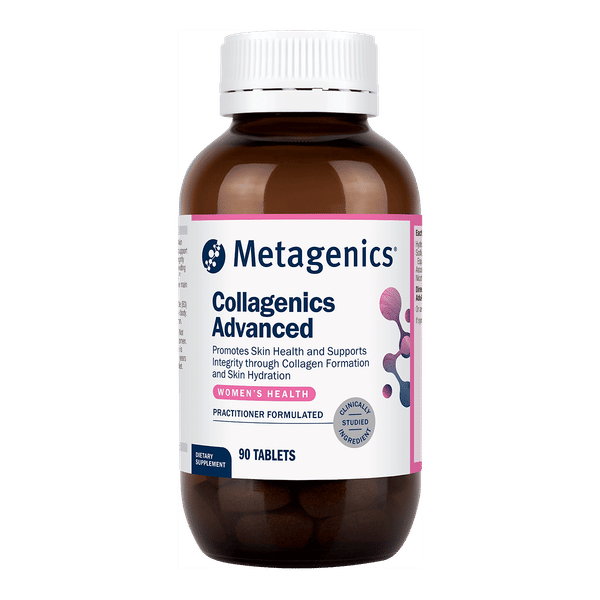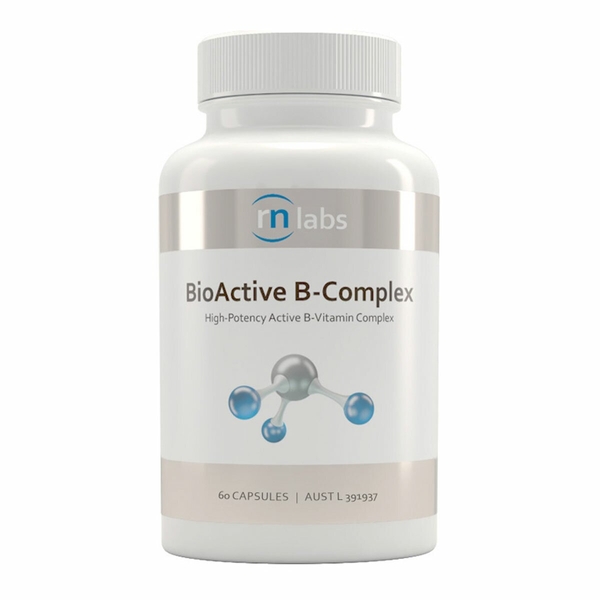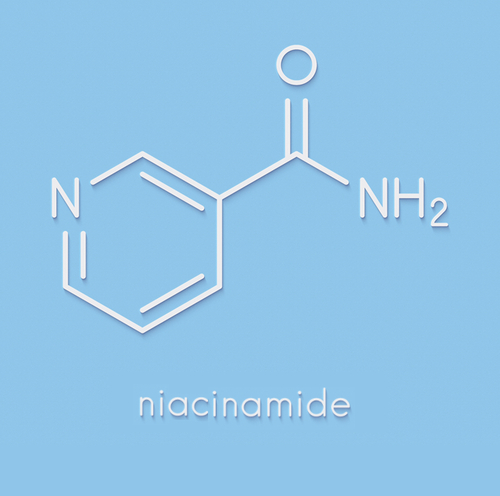
Niacinamide
Scientific names: Pyridine-3-carboxamide
Alternate names: 3-Pyridine Carboxamide, 3-Pyridinecarboxamide, Amide de l'Acide Nicotinique, B Complex Vitamin, Complexe de Vitamines B, Niacinamida, Niacinamide Ascorbate, Nicamid, Nicosedine, Nicotinamide, Nicotinic Acid Amide, Nicotylamidum, Vitamin B3, Vitamin B3a, Vitamina B3, Vitamine B3
Actions: Anti-cancer, Antidiabetes, Anti-inflammatory, Cardiovascular, Dermatologic, Radiosensitizing
Background
Niacinamide, also called nicotinamide, is a form of vitamin B3. It's found in many foods including meat, fish, milk, eggs, green vegetables, and cereals.
Niacinamide is required for the function of fats and sugars in the body and to maintain healthy cells. Niacin is converted to niacinamide when it is taken in amounts greater than what is needed by the body. Unlike niacin, niacinamide doesn't help treat high cholesterol.
People use niacinamide to prevent vitamin B3 deficiency and related conditions such as pellagra. It is also used for acne, diabetes, cancer, osteoarthritis, aging skin, skin discoloration, and many other conditions, but there is no good scientific evidence to support most of these uses.
Do not confuse niacinamide with niacin, NADH, nicotinamide riboside, inositol nicotinate, or L-tryptophan. These are not the same.
Niacinamide is required for the function of fats and sugars in the body and to maintain healthy cells. Niacin is converted to niacinamide when it is taken in amounts greater than what is needed by the body. Unlike niacin, niacinamide doesn't help treat high cholesterol.
People use niacinamide to prevent vitamin B3 deficiency and related conditions such as pellagra. It is also used for acne, diabetes, cancer, osteoarthritis, aging skin, skin discoloration, and many other conditions, but there is no good scientific evidence to support most of these uses.
Do not confuse niacinamide with niacin, NADH, nicotinamide riboside, inositol nicotinate, or L-tryptophan. These are not the same.
Safety Safety definitions
When taken by mouth: Niacinamide is likely safe when used appropriately. Niacinamide-containing foods or supplements are safe when taken in doses lower than 35 mg daily. Prescription products containing higher doses of niacinamide are safe when taken as directed. Niacinamide is possibly safe when taken in doses up to 900-1500 mg daily. It might cause side effects such as stomach upset, gas, dizziness, headache, and rash.
When applied to the skin: Niacinamide is possibly safe. Niacinamide cream might cause mild burning, itching, or redness.
Children: Niacinamide is likely safe when taken by mouth in the recommended amounts by age. Children should avoid taking niacinamide doses above the daily upper limits, which are 10 mg for children 1-3 years of age, 15 mg for children 4-8 years of age, 20 mg for children 9-13 years of age, and 30 mg for children 14-18 years of age.
Diabetes: Niacinamide might increase blood sugar. People with diabetes who take niacinamide should check their blood sugar regularly.
Gallbladder disease: Niacinamide might make gallbladder disease worse.
Kidney dialysis: Taking niacinamide seems to increase the risk of low platelet levels in people with kidney failure who are on dialysis.
Stomach or intestinal ulcers: Niacinamide might make ulcers worse. Don't use it if you have ulcers.
When applied to the skin: Niacinamide is possibly safe. Niacinamide cream might cause mild burning, itching, or redness.
Special Precautions & Warnings:
Pregnancy and breast-feeding: Niacinamide is likely safe when taken in recommended amounts. The maximum recommended amount while pregnant or breast-feeding is 30 mg daily for those 14-18 years of age, and 35 mg daily for those 19 years of age and older.Children: Niacinamide is likely safe when taken by mouth in the recommended amounts by age. Children should avoid taking niacinamide doses above the daily upper limits, which are 10 mg for children 1-3 years of age, 15 mg for children 4-8 years of age, 20 mg for children 9-13 years of age, and 30 mg for children 14-18 years of age.
Diabetes: Niacinamide might increase blood sugar. People with diabetes who take niacinamide should check their blood sugar regularly.
Gallbladder disease: Niacinamide might make gallbladder disease worse.
Kidney dialysis: Taking niacinamide seems to increase the risk of low platelet levels in people with kidney failure who are on dialysis.
Stomach or intestinal ulcers: Niacinamide might make ulcers worse. Don't use it if you have ulcers.
Effectiveness
NatMed Pro rates effectiveness based on scientific evidence according to the following scale: Effective, Likely Effective, Possibly Effective, Possibly Ineffective, Likely Ineffective, Ineffective, and Insufficient Evidence to Rate.
Likely effective Effectiveness definitions
- A disease cause by niacin deficiency (pellagra). Niacinamide prescription products are US FDA approved for preventing and treating pellagra. It's sometimes preferred over niacin because it doesn't cause flushing, a side effect of niacin treatment.
Possibly effective Effectiveness definitions
- Acne. Applying a cream containing niacinamide seems to improve the appearance of skin in people with acne.
- Diabetes. Taking niacinamide by mouth might help slow the progression of type 1 diabetes. But it doesn't seem to prevent diabetes.
- High levels of phosphate in the blood (hyperphosphatemia). In people who need hemodialysis due to kidney failure and have high levels of phosphate, taking niacinamide by mouth seems to help decrease phosphate levels.
- Osteoarthritis. Taking niacinamide by mouth seems to improve joint flexibility and reduce pain and swelling in people with osteoarthritis.
Possibly ineffective Effectiveness definitions
- Brain tumor. Taking niacinamide by mouth while undergoing chemotherapy doesn't seem to benefit people with brain tumors.
Dosing & administration
In supplements, niacinamide might be listed on the label in niacin equivalents (NE). 1 mg of niacinamide is the same as 1 mg NE. Niacinamide is found in many vitamin B complex supplements with other B vitamins. It's also used in many topical creams and gels.
Niacinamide is also found in many foods, including meat, fish, milk, eggs, vegetables, and cereals. The amount that should be consumed on a daily basis is called the recommended dietary allowance (RDA). In adult males, the RDA is 16 mg NE. In adult females, the RDA is 14 mg NE. While pregnant, the RDA is 18 mg NE. While breast-feeding, the RDA is 17 mg NE. In children, the RDA depends on age. Speak with a healthcare provider to find out what dose might be best for a specific condition.
Niacinamide is also found in many foods, including meat, fish, milk, eggs, vegetables, and cereals. The amount that should be consumed on a daily basis is called the recommended dietary allowance (RDA). In adult males, the RDA is 16 mg NE. In adult females, the RDA is 14 mg NE. While pregnant, the RDA is 18 mg NE. While breast-feeding, the RDA is 17 mg NE. In children, the RDA depends on age. Speak with a healthcare provider to find out what dose might be best for a specific condition.
Interactions with pharmaceuticals
Carbamazepine (Tegretol)
Interaction Rating=Moderate Be cautious with this combination.
Carbamazepine is broken down by the body. Niacinamide might decrease how fast the body breaks down carbamazepine. But it isn't clear if this is a major concern.
Medications that slow blood clotting (Anticoagulant / Antiplatelet drugs)
Interaction Rating=Moderate Be cautious with this combination.
Niacinamide might slow blood clotting. Taking niacinamide along with medications that also slow blood clotting might increase the risk of bruising and bleeding.
Primidone (Mysoline)
Interaction Rating=Moderate Be cautious with this combination.
Primidone is broken down by the body. Niacinamide might decrease how fast the body breaks down primidone. But there isn't enough information to know if this is a major concern.
Interactions with herbs & supplements
Herbs and supplements that might slow blood clotting: Niacinamide might slow blood clotting and increase the risk of bleeding. Taking it with other supplements with similar effects might increase the risk of bleeding in some people. Examples of supplements with this effect include garlic, ginger, ginkgo, nattokinase, and Panax ginseng.
Interactions with foods
There are no known interactions with foods.
Products
View all productsPractitioner product
RRP: $59.95$53.96Save: 10%
Create account
Per capsule:
- Nicotinamide riboside chloride (Vitamin B3) 150 mg equiv. ribose 77.47 mg
- Alpinia galanga ext. 150 mg
- Bacopa monnieri ext. 160 mg
Practitioner product
RRP: $55.95$50.35Save: 10%
Create account
RRP: $41.95$37.76Save: 10%
Create account
$109.00
Discontinued by Eius Fertility
Create account
Per 7.5 g:
- Nicotinamide riboside chloride (Vitamin B3) 100 mg equiv. ribose 52 mg
- D-Ribose 4.6 g
- Acetyl levocarnitine hydrochloride (Acetyl-L-carnitine) 1 g
- Calcium pyruvate 666 mg equiv. calcium 100 mg
- Magnesium citrate 647 mg equiv. magnesium 100 mg
- Calcium pantothenate (Vitamin B5) 65 mg equiv. pantothenic acid 60 mg
- Taurine 50 mg
- Biotin 1 mg
Practitioner product
Per capsule:
- Nicotinamide riboside chloride (Vitamin B3) 75 mg equiv. ribose 34.4 mg
- Ganoderma lucidum ext. 100 mg
- Vitis vinifera ext. 120 mg
- Reynoutria japonica ext. 76.5 mg
- Pyridoxal 5-phosphate monohydrate (P5P) 15.7 mg equiv. pyridoxine 10 mg
- Menaquinone 7 (Vitamin K2) 45 µg
- Pinus radiata ext. 50 mg
- Vaccinium myrtillus ext. 20 mg
- Rosmarinus officinalis ext. 50 mg
- Hydroxocobalamin (Vitamin B12) 400 µg
- Calcium folinate (Activated folate) 434 µg equiv. folinic acid 400 µg
- Riboflavin 5-phosphate sodium (Activated B2) 10.4 mg equiv. riboflavin 7.6 mg
- Thiamine hydrochloride (Vitamin B1) 12.7 mg equiv. thiamine 10 mg
Practitioner product
RRP: $49.95$44.96Save: 10%
Create account
Per capsule:
- Nicotinamide (Vitamin B3) 2.75 mg equiv. nicotinic acid 1.25 mg
- Zinc amino acid chelate 17.5 mg equiv. zinc 3.5 mg
- Mecobalamin (Vitamin B12) 2.4 μg
- Cholecalciferol 1.5 mg equiv. vitamin D3 150 IU
- Ascorbic acid (Vitamin C) 22.5 mg
- d-alpha-Tocopheryl acid succinate 4.62 mg equiv. vitamin E 5.6 IU
- Calcium citrate 134.73 mg equiv. calcium 32.5 mg
- Magnesium citrate 123.73 mg equiv. magnesium 20 mg
- Manganese amino acid chelate 13.8 mg equiv. manganese 1.38 mg
- Selenomethionine 44 μg equiv. selenium 17.72 μg
- Silicon dioxide 32.1 mg equiv. silicon 15 mg
- Chromium picolinate 71 μg equiv. chromium 8.8 μg
- Biotin 7.5 μg
- Thiamine hydrochloride (Vitamin B1) 380 μg equiv. thiamine 300 μg
- Riboflavin 5-phosphate sodium (Activated B2) 550 μg equiv. riboflavin 400 μg
- Calcium pantothenate (Vitamin B5) 1.64 mg equiv. pantothenic acid 1.51 mg
- Pyridoxal 5-phosphate monohydrate (P5P) 660 μg equiv. pyridoxine 420 μg
- Calcium folinate (Activated folate) 108 μg equiv. folinic acid 100 μg
- Inulin (Dietary fibre) 100 mg
- Lactobacillus acidophilus 100 million
- Lactobacillus rhamnosus 1.2 billion
- Lactobacillus paracasei 1 billion
- Lactobacillus plantarum 1 billion
- Bifidobacterium animalis ssp. lactis 1.7 billion
- Astragalus membranaceus ext. 6 mg
- Lentinula edodes ext. 10 mg
- Ganoderma lucidum ext. 10 mg
- Beta-carotene (Carotenoids) 8.5 mg VBAF equiv. beta-carotene 1.7 mg
RRP: $47.20$40.12Save: 15%
Create account
RRP: $28.00$22.40Save: 20%
Create account
RRP: $21.99$17.59Save: 20%
Create account
Practitioner product
Per tablet:
- Nicotinamide (Vitamin B3) 220 mg
- Thiamine hydrochloride (Vitamin B1) 56 mg
- Pyridoxine hydrochloride (Vitamin B6) 50 mg equiv. pyridoxine 41 mg
- Riboflavin (Vitamin B2) 30 mg
- Cyanocobalamin (Vitamin B12) 400 μg
- Calcium pantothenate (Vitamin B5) 105 mg
- Taurine 125 mg
- L-glutamine 100 mg
- Ascorbic acid (Vitamin C) 75 mg
- Potassium phosphate dibasic 71 mg equiv. potassium 32 mg
- Choline bitartrate 50 mg
- Lecithin 50 mg
- L-lysine 50 mg
- Calcium hydrogen phosphate dihydrate 52 mg equiv. calcium 12 mg
- Magnesium citrate 44 mg equiv. magnesium 7.1 mg
- Zinc sulphate monohydrate 41 mg equiv. zinc 15 mg
- Tocopherols concentrate - mixed (low-alpha type) (Vitamin E) 15 mg
- Borax 4.4 mg equiv. boron 500 μg
- Chromium nicotinate 500 μg equiv. chromium 50 μg
- Folic acid 395 μg
- Selenomethionine 62.5 μg equiv. selenium 25 μg
- Manganese amino acid chelate 113 μg equiv. manganese 18 μg
- Biotin 50 μg
- Potassium iodide (Iodine) 45.8 μg equiv. iodine 35 μg equiv. potassium 11 μg
- Copper gluconate 43 μg equiv. copper 6 μg
- Cholecalciferol 1 μg
- Iron bisglycinate 50 mg equiv. iron 10 mg
- Beta-carotene 5 mg
Practitioner product
Per tablet:
- Nicotinamide (Vitamin B3) 220 mg
- Nicotinic acid (Vitamin B3) 5 mg
- Thiamine hydrochloride (Vitamin B1) 50 mg equiv. thiamine 44.6 mg
- Pyridoxine hydrochloride (Vitamin B6) 48.62 mg equiv. pyridoxine 40 mg
- Riboflavin 5-phosphate sodium (Activated B2) 27.4 mg equiv. riboflavin 20 mg
- Mecobalamin (Vitamin B12) 500 μg
- Selenomethionine 65 μg equiv. selenium 26 μg
- Retinol acetate 884 μg equiv. vitamin A 750 μg RE
- Calcium pantothenate (Vitamin B5) 100 mg equiv. pantothenic acid 91.6 mg equiv. calcium 8.4 mg
- Calcium folinate (Activated folate) 278 μg equiv. folinic acid 200 μg
- Levomefolate calcium (Activated folate) 216 μg equiv. levomefolic acid 200 μg
- Calcium ascorbate dihydrate (Vitamin C) 121.7 mg equiv. ascorbic acid 100 mg equiv. calcium 11.44 mg
- Cholecalciferol 2.5 μg equiv. vitamin D3 100 IU
- d-alpha-Tocopheryl acid succinate 28 mg equiv. vitamin E 34 IU
- Tocopherols concentrate - mixed (low-alpha type) 13.5 mg
- R,S-alpha lipoic acid 10 mg
- Biotin 150 μg
- Ananas comosus (Bromelain) 6 mg
- Choline bitartrate 40 mg
- Cysteine hydrochloride monohydrate 21.74 mg equiv. cysteine 15 mg
- L-glutamine 40 mg
- Citrus bioflavonoids extract 5 mg
- Inositol 25 mg
- Lecithin 15 mg
- Rutin (Rutoside) 10 mg
- Taurine 85 mg
- Chromium nicotinate 205 μg equiv. chromium 25 μg
- Potassium iodide (Iodine) 41 μg equiv. iodine 31 μg equiv. potassium 9.6 μg
- Magnesium phosphate pentahydrate 50 mg equiv. magnesium 10 mg
- Manganese amino acid chelate 250 μg equiv. manganese 50 μg
- Potassium phosphate dibasic 31.82 mg equiv. potassium 14 mg
- Zinc amino acid chelate 72 mg equiv. zinc 14.4 mg
- Molybdenum trioxide 75 μg equiv. molybdenum 50 μg
- Rosa canina ext. 10 mg
- Pyridoxal 5-phosphate monohydrate (P5P) 10 mg equiv. pyridoxine 6.38 mg
- Citrus bioflavonoids extract 5 mg
- Lysine hydrochloride 35 mg equiv. lysine 27.45 mg
- Copper gluconate 43 μg equiv. copper 6 μg
Practitioner product
Per tablet:
- Nicotinamide (Vitamin B3) 200 mg
- Ascorbic acid (Vitamin C) 100 mg
- d-alpha-Tocopheryl acid succinate 82.64 mg equiv. vitamin E 100 IU
- Tocopherols concentrate - mixed (low-alpha type) 14.7 mg
- Retinol acetate 431.2 μg equiv. vitamin A 375 μgRE
- Cyanocobalamin (Vitamin B12) 400 μg
- Cholecalciferol 2.5 μg equiv. vitamin D3 100 IU
- Zinc amino acid chelate 50 mg equiv. zinc 10 mg
- Thiamine hydrochloride (Vitamin B1) 50 mg
- Riboflavin (Vitamin B2) 50 mg
- Calcium pantothenate (Vitamin B5) 100 mg equiv. pantothenic acid 91.6 mg equiv. calcium 8.39 mg
- Pyridoxine hydrochloride (Vitamin B6) 50 mg equiv. pyridoxine 41.14 mg
- Folic acid 400 μg
- Biotin 100 μg
- Phytomenadione (Vitamin K1) 30 μg
- Borax 8.82 mg equiv. boron 1 mg
- Calcium citrate 237 mg equiv. calcium 50 mg
- Chromium nicotinate 416.67 μg equiv. chromium 50 μg
- Copper gluconate 1.43 mg equiv. copper 200 μg
- Magnesium oxide - heavy 41.46 mg equiv. magnesium 25 mg
- Manganese amino acid chelate 5 mg equiv. manganese 1 mg
- Molybdenum trioxide 113 μg equiv. molybdenum 75 μg
- Selenomethionine 64.58 μg equiv. selenium 26 μg
- Citrus bioflavonoids extract 50 mg
- Choline bitartrate 50 mg equiv. choline 20 mg
- Myo-inositol 50 mg
- Beta-carotene carotenoids (Vitamin A) 4 mg
Practitioner product
Per tablet:
- Nicotinamide (Vitamin B3) 200 mg
- Glucosamine sulphate potassium chloride 663 mg equiv. glucosamine sulphate 500 mg equiv. potassium chloride 163 mg
- Cholecalciferol 2.5 µg equiv. vitamin D3 100 IU
- Boswellia serrata ext. 57.1 mg
- Sodium ascorbate (Vitamin C) 112.5 mg equiv. ascorbic acid 100 mg
- Lecithin 100 mg
- Magnesium orotate dihydrate 103.58 mg equiv. magnesium 6.7 mg
- Manganese amino acid chelate 25 mg equiv. manganese 5 mg
- Silybum marianum ext. 5 mg
- Vitis vinifera ext. 1 mg
- Curcuma longa ext. 4 mg
RRP: $37.79$27.96Save: 26%
Create account
Per tablet:
- Nicotinamide (Vitamin B3) 187.5 mg
- Calcium pantothenate (Vitamin B5) 546 mg equiv. pantothenic acid 500 mg
- Zinc gluconate 57.43 mg equiv. zinc 7.5 mg
- Retinyl acetate 206.4 μg equiv. vitamin A 175 μg RE
- Biotin 500 μg
- Urtica dioica ext. 93.75 mg
- Copper gluconate 2.7 mg equiv. copper 375 μg
- Silica - colloidal anhydrous 26.7 mg equiv. silicon 12.5 mg
- Folic acid 125 μg
RRP: $56.95$48.40Save: 15%
Create account
Practitioner product
Per capsule:
- Nicotinamide (Vitamin B3) 150 mg
- Calcium folinate (Activated folate) 542 μg equiv. folinic acid 500 μg
- Hydroxocobalamin (Vitamin B12) 500 μg
- Thiamine hydrochloride (Vitamin B1) 63.5 mg equiv. thiamine 50 mg
- Riboflavin 5-phosphate sodium (Activated B2) 26.3 mg equiv. riboflavin 20 mg
- Calcium pantothenate (Vitamin B5) 218.3 mg equiv. pantothenic acid 200 mg
- Pyridoxal 5-phosphate (P5P) 31.3 mg equiv. pyridoxine 20 mg
- Inositol 100 mg
- Biotin 500 μg
Practitioner product
vital.ly has licensed monographs from TRC Healthcare.
This monograph was last reviewed on 14/02/2025 11:00:00 and last updated on 31/03/2022 09:14:03. Monographs are reviewed and/or updated multiple times per month and at least once per year.
Natural Medicines disclaims any responsibility related to medical consequences of using any medical product. Effort is made to ensure that the information contained in this monograph is accurate at the time it was published. Consumers and medical professionals who consult this monograph are cautioned that any medical or product related decision is the sole responsibility of the consumer and/or the health care professional. A legal License Agreement sets limitations on downloading, storing, or printing content from this Database. No reproduction of this monograph or any content from this Database is permitted without written permission from the publisher. It is unlawful to download, store, or distribute content from this site.

